Arnold, Michael L. 2008. Reticulate Evolution and Humans: Origins and Ecology. Oxford University Press.
Bell, D.; Roberton, S.; and Hunter, P. R. 2004. "Animal Origins of SARS Coronavirus: Possible Links with the International Trade in Small Carnivores." Philosophical Transactions of the Royal Society of London, Series B, Biological Sciences 359:1107-1114.
Bisby, F.A.; Roskov, Y.R.; Orrell, T.M.; Nicolson, D.; Paglinawan, L.E.; Bailly, N.; Kirk, P.M.; Bourgoin, T.; Baillargeon, G.; and Ouvrard, D. (red.). 2011. "Paguma larvata (C.E.H. Smith, 1827)." Species 2000 & ITIS Catalogue of Life: 2011 Annual Checklist. Reading, UK. Retrieved August 6, 2014.
- Available at: http://www.itis.gov/servlet/SingleRpt/SingleRpt?search_topic=TSN&search_value=621984
Boelens, Bo; Watkins, Michael; and Grayson, Michael. 2009. The Eponym Dictionary of Mammals. Johns Hopkins University.
Boudet, Ch. 10 January 2009. "Species Sheet: Himalayan Palm Civet, Gem-faced Civet, Masked Civet." Mammals' Planet: Vs n°4, 04/2010. Retrieved August 6, 2014.
- Available at: http://www.planet-mammiferes.org/drupal/en/node/38?indice=Paguma+larvata
Boudet, Ch. 10 January 2009. "Subspecies Sheet [Paguma larvata annectens]." Mammals' Planet: Vs n°4, 04/2010. Retrieved August 6, 2014.
- Available at: http://www.planet-mammiferes.org/drupal/en/node/39?indice=Paguma+larvata+annectens
Boudet, Ch. 10 January 2009. "Subspecies Sheet: Chiching Musang." Mammals' Planet: Vs n°4, 04/2010. Retrieved August 6, 2014.
- Available at: http://www.planet-mammiferes.org/drupal/en/node/39?indice=Paguma+larvata+chichingensis
Boudet, Ch. 10 January 2009. "Subspecies Sheet: Hill Musang, Hill Tree-cat, Nepal Paguma." Mammals' Planet: Vs n°4, 04/2010. Retrieved August 6, 2014.
- Available at: http://www.planet-mammiferes.org/drupal/en/node/39?indice=Paguma+larvata+grayi
Boudet, Ch. 10 January 2009. "Subspecies Sheet: Hainan Masked Palm Civet." Mammals' Planet: Vs n°4, 04/2010. Retrieved August 6, 2014.
- Available at: http://www.planet-mammiferes.org/drupal/en/node/39?indice=Paguma+larvata+hainana
Boudet, Ch. 10 January 2009. "Subspecies Sheet [Paguma larvata intrudens]." Mammals' Planet: Vs n°4, 04/2010. Retrieved August 6, 2014.
- Available at: http://www.planet-mammiferes.org/drupal/en/node/39?indice=Paguma+larvata+intrudens
Boudet, Ch. 10 January 2009. "Subspecies Sheet [Paguma larvata janetta]." Mammals' Planet: Vs n°4, 04/2010. Retrieved August 6, 2014.
- Available at: http://www.planet-mammiferes.org/drupal/en/node/39?indice=Paguma+larvata+janetta
Boudet, Ch. 10 January 2009. "Subspecies Sheet [Paguma larvata jourdanii]." Mammals' Planet: Vs n°4, 04/2010. Retrieved August 6, 2014.
- Available at: http://www.planet-mammiferes.org/drupal/en/node/39?indice=Paguma+larvata+jourdanii
Boudet, Ch. 10 January 2009. "Subspecies Sheet: Wooly Paguma." Mammals' Planet: Vs n°4, 04/2010. Retrieved August 6, 2014.
- Available at: http://www.planet-mammiferes.org/drupal/en/node/39?indice=Paguma+larvata+laniger
Boudet, Ch. 10 January 2009. "Subspecies Sheet [Paguma larvata lanigerus]." Mammals' Planet: Vs n°4, 04/2010. Retrieved August 6, 2014.
- Available at: http://www.planet-mammiferes.org/drupal/en/node/39?indice=Paguma+larvata+lanigerus
Boudet, Ch. 10 January 2009. "Subspecies Sheet [Paguma larvata larvata]." Mammals' Planet: Vs n°4, 04/2010. Retrieved August 6, 2014.
- Available at: http://www.planet-mammiferes.org/drupal/en/node/39?indice=Paguma+larvata+larvata
Boudet, Ch. 10 January 2009. "Subspecies Sheet [Paguma larvata leucocephala]." Mammals' Planet: Vs n°4, 04/2010. Retrieved August 6, 2014.
- Available at: http://www.planet-mammiferes.org/drupal/en/node/39?indice=Paguma+larvata+leucocephala
Boudet, Ch. 10 January 2009. "Subspecies Sheet: White-whiskered Paguma." Mammals' Planet: Vs n°4, 04/2010. Retrieved August 6, 2014.
- Available at: http://www.planet-mammiferes.org/drupal/en/node/39?indice=Paguma+larvata+leucomystax
Boudet, Ch. 10 January 2009. "Subspecies Sheet [Paguma larvata neglecta]." Mammals' Planet: Vs n°4, 04/2010. Retrieved August 6, 2014.
- Available at: http://www.planet-mammiferes.org/drupal/en/node/39?indice=Paguma+larvata+neglecta
Boudet, Ch. 10 January 2009. "Subspecies Sheet [Paguma larvata nigriceps]." Mammals' Planet: Vs n°4, 04/2010. Retrieved August 6, 2014.
- Available at: http://www.planet-mammiferes.org/drupal/en/node/39?indice=Paguma+larvata+nigriceps
Boudet, Ch. 10 January 2009. "Subspecies Sheet [Paguma larvata nipalensis]." Mammals' Planet: Vs n°4, 04/2010. Retrieved August 6, 2014.
- Available at: http://www.planet-mammiferes.org/drupal/en/node/39?indice=Paguma+larvata+nipalensis
Boudet, Ch. 10 January 2009. "Subspecies Sheet [Paguma larvata ogilbyi]." Mammals' Planet: Vs n°4, 04/2010. Retrieved August 6, 2014.
- Available at: http://www.planet-mammiferes.org/drupal/en/node/39?indice=Paguma+larvata+ogilbyi
Boudet, Ch. 10 January 2009. "Subspecies Sheet [Paguma larvata reevesi]." Mammals' Planet: Vs n°4, 04/2010. Retrieved August 6, 2014.
- Available at: http://www.planet-mammiferes.org/drupal/en/node/39?indice=Paguma+larvata+reevesi
Boudet, Ch. 10 January 2009. "Subspecies Sheet [Paguma larvata rivalis]." Mammals' Planet: Vs n°4, 04/2010. Retrieved August 6, 2014.
- Available at: http://www.planet-mammiferes.org/drupal/en/node/39?indice=Paguma+larvata+rivalis
Boudet, Ch. 10 January 2009. "Subspecies Sheet [Paguma larvata robustus]." Mammals' Planet: Vs n°4, 04/2010. Retrieved August 6, 2014.
- Available at: http://www.planet-mammiferes.org/drupal/en/node/39?indice=Paguma+larvata+robustus
Boudet, Ch. 10 January 2009. "Subspecies Sheet: Taiwan Gem-faced Civet." Mammals' Planet: Vs n°4, 04/2010. Retrieved August 6, 2014.
- Available at: http://www.planet-mammiferes.org/drupal/en/node/39?indice=Paguma+larvata+taivana
Boudet, Ch. 10 January 2009. "Subspecies Sheet: Andamanese Masked Palm Civet." Mammals' Planet: Vs n°4, 04/2010. Retrieved August 6, 2014.
- Available at: http://www.planet-mammiferes.org/drupal/en/node/39?indice=Paguma+larvata+tytlerii
Boudet, Ch. 10 January 2009. "Subspecies Sheet [Paguma larvata vagans]." Mammals' Planet: Vs n°4, 04/2010. Retrieved August 6, 2014.
- Available at: http://www.planet-mammiferes.org/drupal/en/node/39?indice=Paguma+larvata+vagans
Boudet, Ch. 10 January 2009. "Subspecies Sheet [Paguma larvata wroughtoni]." Mammals' Planet: Vs n°4, 04/2010. Retrieved August 6, 2014.
- Available at: http://www.planet-mammiferes.org/drupal/en/node/39?indice=Paguma+larvata+wroughtoni
Boudet, Ch. 10 January 2009. "Subspecies Sheet [Paguma larvata yunalis]." Mammals' Planet: Vs n°4, 04/2010. Retrieved August 6, 2014.
- Available at: http://www.planet-mammiferes.org/drupal/en/node/39?indice=Paguma+larvata+yunalis
Cassell's Universal Portrait Gallery: A Collection of Portraits of Celebrities, English and Foreign. With Facsimile Autographs. 1895. London, Paris & Melbourne: Cassell and Company, Limited.
- Available via Internet Archive at: https://archive.org/details/cassellsuniversa00londiala
Corbet, G.B.; and Hill, J.E. 1992. Mammals of the Indo-Malayan Region: A Systematic Review. Oxford, U.K.: Oxford University Press.
Dorda Dorda, J.; de Ambrosio Blázquez, L.; González Fernández, J.E.; Alonso Domínguez, M.S.; García Sánchez, P.A.; Pérez del Val, J.; Barreiro, J.; Rey, I.; and Fernández, J. 2002. Catálogo de las Colecciones Zoológicas de Asia del Museo Nacional de Ciencias Naturales III. Vertebrados. Manuales Técnicos de Museología Volumen no 13. Madrid, Spain: Museo Nacional de Ciencias Naturales Consejo Superior de Investigaciones Científicas.
Driver, Stephanie (ed.). 2008. Exploring Mammals, Volume 3. Tarrytown, NY: Marshall Cavendish Corporation.
Duff, Andrew; and Lawson, Ann. 2004. Mammals of the World: A Checklist. Yale University Press.
Ewer, R.F. 1998. The Carnivores. Cornell University Press: Cornell Paperbacks.
Gaubert, P.; and Cordeiro-Estrela, P. 2006. “Phylogenetic Systematics and Tempo of Evolution of the Viverrinae (Mammalia, Carnivora, Viverridae) within Feliformians: Implications for Faunal Exchanges between Asia and Africa.” Molecular Phylogenetics and Evolution 41:266-278.
Gervais, Paul. 1855. Histoire naturelle des Mammifères: Carnivores, Proboscidiens, Jumentés, Bisulques, Édentés, Marsupiaux, Monotrèmes, Phoques, Sirénides et Cétacés. Paris: L. Curmer.
Gittleman, John L.; Funk, Stephan M.; Macdonald, David; and Wayne, Robert K. (eds.). 2001. Carnivore Conservation. Cambridge University Press: Conservation Biology 5.
Gray, John Edward. 1833 - 1834. Illustrations of Indian Zoology; Chiefly Selected from the Collection of Major-General Hardwicke. Vol. II. London: Adolphus Richter and Co. and Parbury, Allen and Co., MDCCCXXXIII - MDCCCXXXIV.
- Available via Internet Archive at: https://archive.org/details/IllustrationsOfIndianZoology2
Gray, J.E. (John Edward). 1832. "On the Family of Viverridae and its Generic Sub-divisions, with an Enumeration of the Species of Several New Ones." Proceedings of the Committee of Science and Correspondence of the Zoological Society of London 1832(2):63-68.
Griffith, Edward. 1827. The Animal Kingdom Arranged in Conformity with its Organization by the Baron Cuvier. With Additional Descriptions of All the Species Hitherto Named, and of Many Not Before Noticed. Volume the Second. London: Geo. B. Whittaker, MDCCCXXVII.
- Available via Biodiversity Heritage Library at: http://biodiversitylibrary.org/page/33298271
Hayssen, Virginia; Van Tienhoven, Ari; and Van Tienoven, Ans. Asdell’s Patterns of Mammalian Reproduction: A Compendium of Species-Specific Data. Cornell University, 1993.
Hunter, Luke; and Barrett, Priscilla. 2011. A Field Guide to the Carnivores of the World. London, Cape Town, Sydney, Auckland: New Holland Publishers (UK) Ltd.
Jennings, A. P.; and Veron, J. 2009. "Family Viverridae (Civets, Genets, and Oyans)." In: Don E. Wilson and Russel Mittermeier (Hrsg.) Handbook of the Mammals of the World Volume 1: Carnivores. Lynx Edicions.
Kondo, H.; Tesar, J.; Cloud, D.; Kagan, L. (eds.). 1972. Civets, Genets, and Linsangs, Volume 2, 3rd Edition. Milan: Fratelli Fabbri Editori.
Larivière, Serge. 2004. "Masked Palm Civet Paguma larvata Spanish: Paguma." P. 344 in Grzimek's Animal Life Encyclopedia, Second Edition. Volume 14: Mammals III, edited by Michael Hutchins, Devra G. Kleiman, Valerius Geist, and Melissa C. McDade. Farmington Hills, MI: Gale Group, Inc., division of Thomson Learning Inc.
Martin, S.J. 1929/30. “On the Himalayan Palm Civet (Paradoxurus grayi).” Journal of the Bombay Natural History Society 33.
“Masked Palm Civet Pictures and Facts.” The Website of Everything: Animals > Mammals > Carnivora > Viverridae > Paradoxurinae > Arctogalidia. Retrieved August 6, 2014.
- Available at: http://thewebsiteofeverything.com/animals/mammals/Carnivora/Viverridae/Paguma/Paguma-larvata.html
Miles, A.E.W.; and Grigson, Caroline (eds.). 1990. Colyer's Variations and Diseases of the Teeth of Animals. Cambridge University Press.
Nowak, Ronald M. 1999. Walker's Mammals of the World, Sixth Edition. Volume I. Baltimore: Johns Hopkins University Press.
Pocock, R.I. (Reginald Innes). 1939. The Fauna of British India, Including Ceylon and Burma: Mammalia - Vol. I. London: Taylor and Francis.
- Available via Internet Archive at: https://archive.org/details/PocockMammalia1
Schreiber, A.; Wirth, R.; Riffel, M.; and Van Rompaey, H. 1989. Weasels, Civets, Mongooses, and Their Relatives. An Action Plan for the Conservation of Mustelids and Viverrids. Gland, Switzerland: IUCN.
Veron, Geraldine. 2010. “Phylogeny of the Viverridae and ‘Viverrid-like’ Feliforms.” Pp. 64-90 in Carnivoran Evolution: New Views on Phylogeny, Form and Function edited by Anjali Goswami and Anthony Friscia. Cambridge University Press: Cambridge Studies in Morphology and Molecules.
Wilson, Don E.; and Cole, F. Russell. 2000. Common Names of Mammals of the World. Washington, D.C.: Smithsonian Institution Press.
Wilson, Don E.; and Reeder, DeeAnn M. (editors). 2005. Mammal Species of the World: A Taxonomic and Geographic Reference (3rd ed), Johns Hopkins University Press.
Wrobel, Murray (Editor). 2007. Elsevier's Dictionary of Mammals: Latin English German French Italian. Oxford, U.K.: Elsevier B.V.


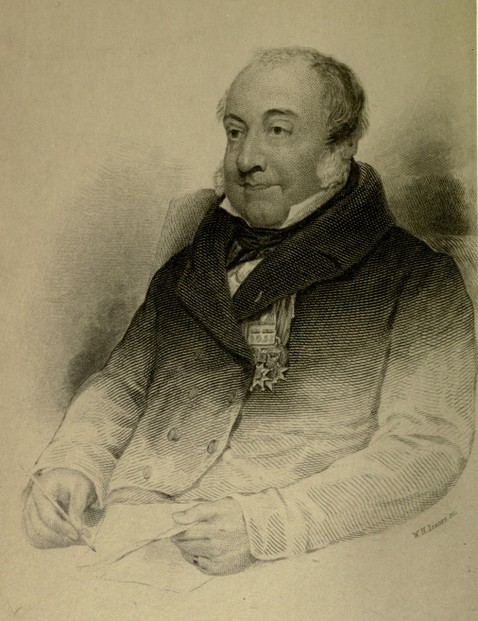
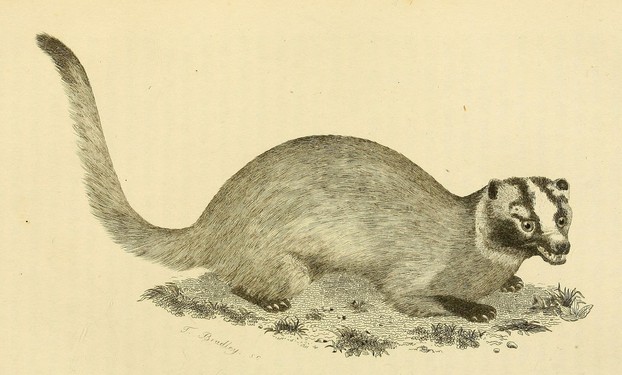
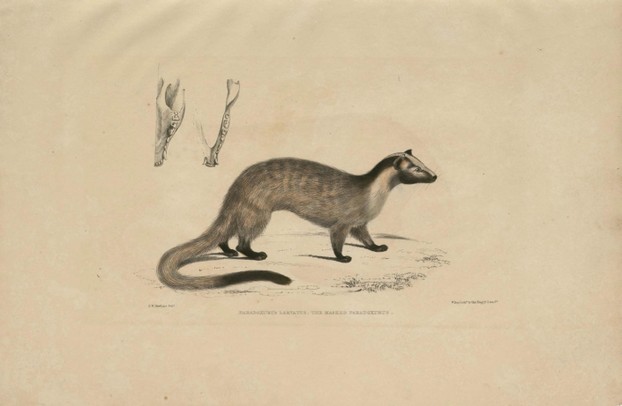
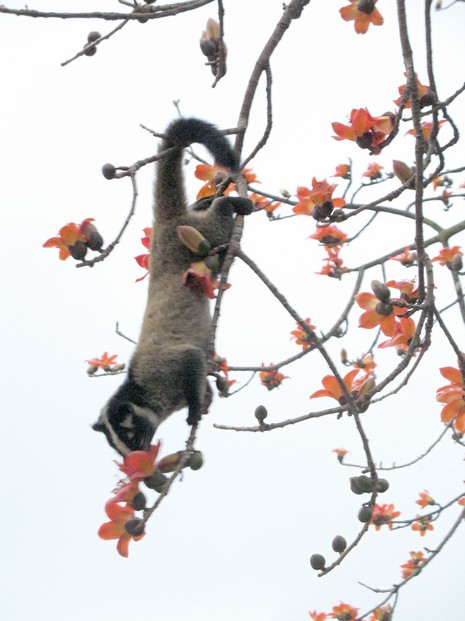
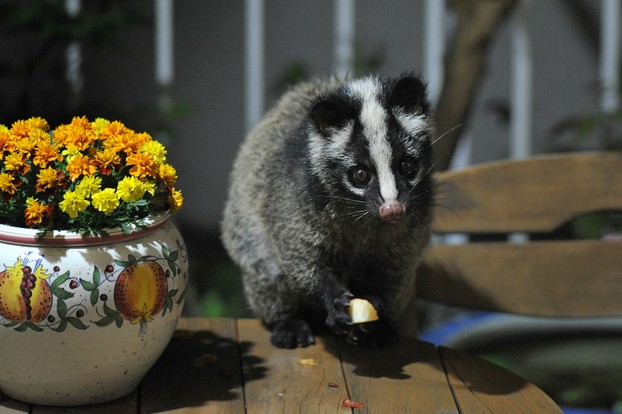
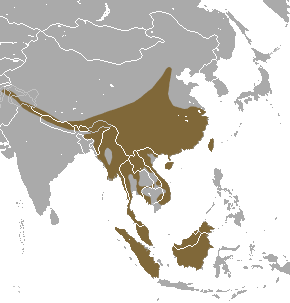
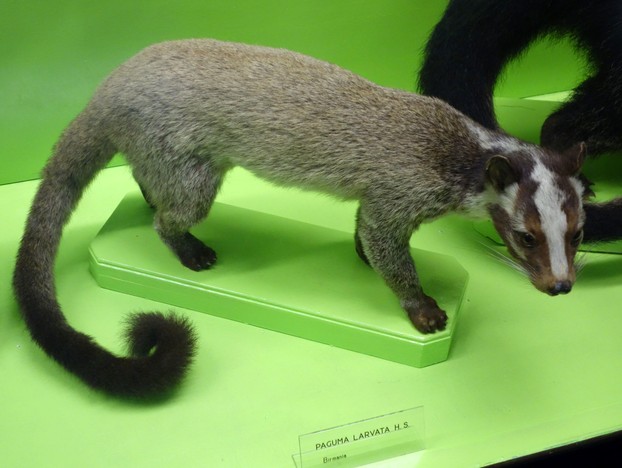
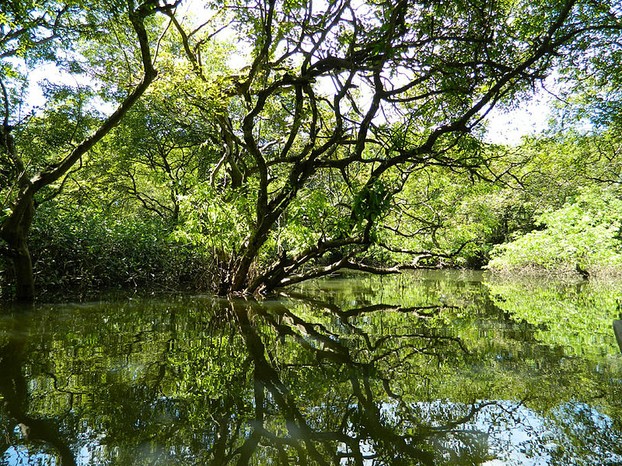
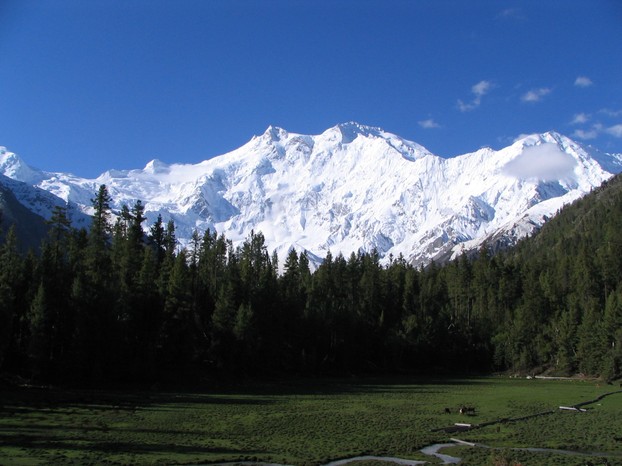





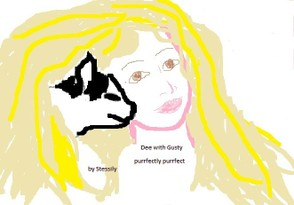
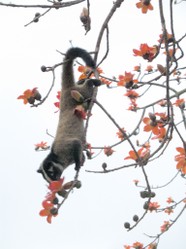

 Are Hawaiian Huakai Po Nightmarchers Avenging Halloween Thursday?on 10/02/2024
Are Hawaiian Huakai Po Nightmarchers Avenging Halloween Thursday?on 10/02/2024
 Mailing Addresses for 2023 Form 4868 Extending 1040 and 1040SR April 15, 2024, Due Dateon 04/15/2024
Mailing Addresses for 2023 Form 4868 Extending 1040 and 1040SR April 15, 2024, Due Dateon 04/15/2024
 Mailing Addresses for 2023 Forms 1040 and 1040SR Filed in 2024on 04/15/2024
Mailing Addresses for 2023 Forms 1040 and 1040SR Filed in 2024on 04/15/2024
 Mailing Addresses for 2022 Form 4868 Extending 1040 and 1040SR April 18, 2023, Due Dateon 04/13/2023
Mailing Addresses for 2022 Form 4868 Extending 1040 and 1040SR April 18, 2023, Due Dateon 04/13/2023

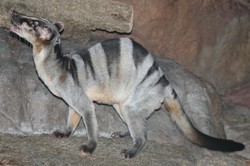
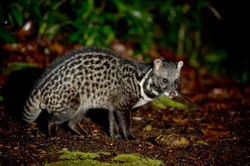
Comments